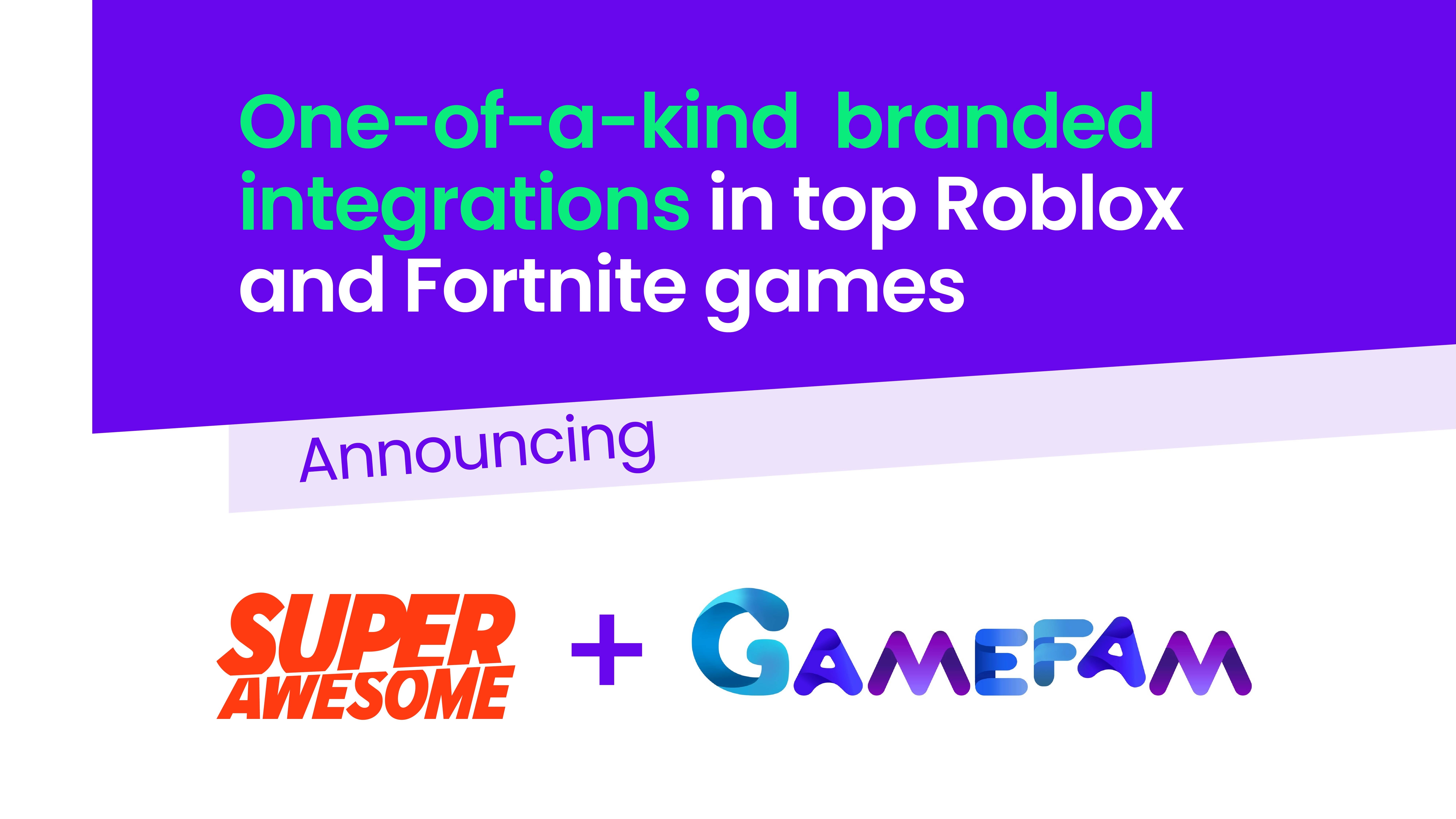Young people are a powerful force for app and game engagement, but they are underserved in the digital space. SuperAwesome’s mission is to make the internet a better place for kids (under 13) and Young Teens (under 16). Our Kids Web Services (KWS) platform does just that by helping developers build compliant and engaging digital experiences for their younger audiences.
We sat down with Paul Nunn, Chief Strategy Officer at SuperAwesome, to discuss why KWS was created and how it is improving the kids digital ecosystem by supporting under-16 audiences, parents, and developers.
What problem was KWS built to solve?
“Today, developers are squeezed between two forces,” said Nunn. “On one hand, they need to create more exciting experiences to meet the expectations of their users, which means including features that enable personalization, social connection, and sharing. But on the other hand, young people are increasingly using online platforms that weren’t designed specifically for them, and regulators are ramping up the depth of laws that protect these audiences.”
“Without KWS, developers have several tough choices,” he explained. “They can build a compliance solution in-house, which can be complicated, costly, and disruptive to the user experience. Worse, they can avoid engaging under-16 audiences entirely. The purpose of digital privacy laws is to keep young people safe — but the exact opposite happens when they can check a box and falsely say that they are old enough to access digital services that weren’t designed with them in mind.”
What do global privacy laws for developers entail?
A large number of the engaging features that are core to most successful games — including personalization, AR experiences, chat functionalities, and social sharing — typically rely on the collection of personally identifiable information (PII). To unlock these features for younger users, privacy laws like COPPA and GDPR-K often require developers to obtain the consent of parents and in some cases verify that the parent is an adult. This is known as Verifiable Parental Consent (VPC).
“It can be an uphill battle for developers to obtain parental consent in compliance with global privacy laws without a specialist technology partner to help facilitate compliance”, said Nunn. “These laws vary by global market and are regularly updated.”
Why do some VPC solutions create user friction?
Obtaining VPC is important to safeguard younger audiences, but this process can introduce user and parent frustration if not managed properly. “It is important to minimize the number of steps in the process to avoid collecting more information than necessary and to remove friction for the user,” described Nunn.
KWS provides an optimal experience for under-16 users and their parents with its ParentGraph, a proprietary network of millions of parents that have been pre-verified by an application or service using KWS technology. “Once a parent is verified using KWS, they never need to re-verify for any other service that uses KWS technology, which is typically a common friction point,” explained Nunn.
This is why KWS has an industry-leading 80% conversion rate among pre-verified parents whose kids request access to the experience.
Who is KWS most useful for?
KWS supports developers of digital services, including games, platforms, apps, sites, or social communities, that want to engage responsibly with their younger audiences.
Nunn shared two examples of how KWS can support developers: “A popular mobile game with a huge, mixed audience came to us because it scaled seemingly overnight. The developer wanted to act responsibly to protect its younger players but lacked the internal resources to do this quickly and effectively,” he said. “KWS provided a best-in-class, comprehensive solution that could be implemented globally.”
In other cases, partners simply need support with consent management or parent verification for their under-16 users. “KWS plugs very effectively into any account management system,” said Nunn, “whether it’s managed in-house or by a third-party.”
How is KWS improving the kids digital ecosystem?
“KWS provides the right tools for developers to build better digital experiences for their younger audiences,” said Nunn. “The developer benefits from a solution that allows all users to enjoy digital offerings the way they were intended to be experienced. Young audiences benefit from enjoying more engaging digital experiences in a safer way. Parents benefit from a smooth verification and consent management flow. And, as more young people benefit from parental oversight with minimal data collected from parents in the process, regulators are happy, too. Together, this drives the kids digital ecosystem forward.”
Where can I learn more about KWS?
To find out more about Kids Web Services and how it can help you manage parental consent for younger audiences, get in touch today.



